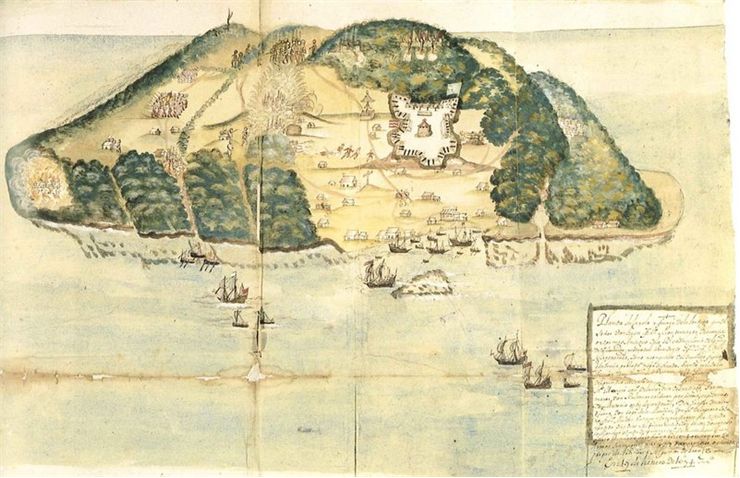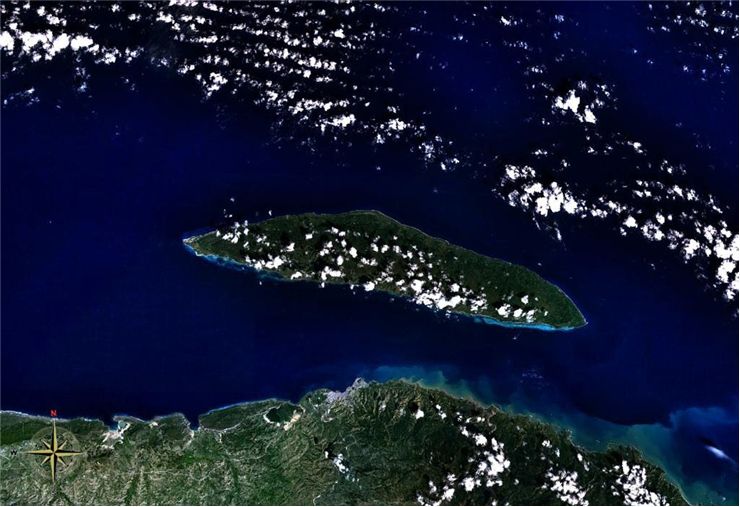Pirate Den: Tortuga
The first Buccaneers’ heaven
Tortuga is an island located in the Caribbean as the northwest part of Hispaniola. In the 17th century, it became the first big establishment of the Buccaneers. Alongside Port Royal, the island was the strongest and safest buccaneers' port in the mid-17th century, a place from where they launched numerous attacks on Spanish colonies.
In 1625 French and English colonist, who were early buccaneers, arrived on this island. First, they lived on the island of Hispaniola. They were constantly wandering from one location to another until they finally found the Tortuga as the safest place. Before them, this island inhabited only a small group of Spanish colonists in the southern region.
The French and English colonists started setting up plantations and populated island in a short time. They were temporary expelled as a potential threat to Spaniards when Don Fabrique de Toledo attacked Tortuga in 1629. The encouraged army came back to Hispaniola, determined to root out every colonist, until not single one remain. However, Spanish did not predict that scattered settlers would organize and return to the island and defeat small remains of Spanish force.
For decades Tortuga was pirate haven and the best place to sell captured plunder
From 1630, the island of Tortuga was divided into French and English colonies. It provided a good base for Buccaneers' attacks, as well as some other activities like slave trades. Tortuga saw two more successful Spanish raids in 1635 and 1638, and both times the Buccaneers managed to retain possessions back.
In 1639, to finally establish the decent defense, as the governor of nearby Saint Christopher (now St. Kitts) sent help in Jean Le Vasseur, who was promoted to the new governor of Tortuga. He built the stone fortress “Fort de Rocher” on the highest rise of the island. It was enforced with 40 guns and overlooked any vessels in or near the port.
Until 1665 Tortuga was temporally captured by Spanish one more time, and then the island became a part of St. Domingue colony. The new governor, Bertrand D'Ogeron had difficulties to convince the Buccaneers to accept him. However, he managed to develop Tortuga even more by organizing people and strengthen its defense.
In the following a period, some of the greatest Buccaneers such as Henry Morgan and Francois L'Ollonais launched attacks from Tortuga and became part of island history. From 1670, as the Buccaneer era was in wane, the most Buccaneers found a new trade like log cutting and trading wood from the island, and many others continued their piracy on the ships of foreign nations. In 1684, a piece was signed between France and Spain, and soon there were no more Buccaneers in Tortuga, as well as in the Caribbean.
Spain officially gave up Tortuga, as a part of St. Domingue to France in 1697. Today, Tortuga is belonging to Haiti. The island is 40 kilometers long, seven kilometers wide and at its highest point it is 464 meters above the sea. It is called Île de la Tortue by natives, which refers to the turtle-like shape of the island.

